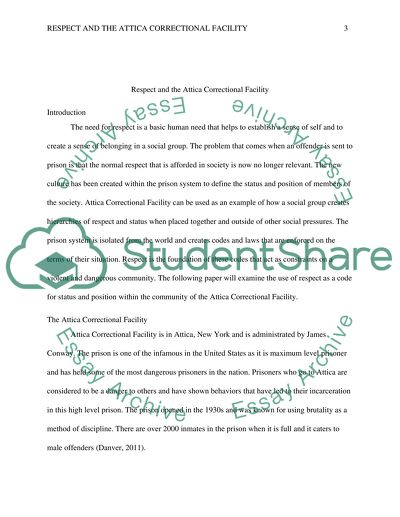Cite this document
(“Respect and the Attica Correctional Facility Research Paper”, n.d.)
Retrieved from https://studentshare.org/law/1486434-respect-and-the-attica-correctional-facility
Retrieved from https://studentshare.org/law/1486434-respect-and-the-attica-correctional-facility
(Respect and the Attica Correctional Facility Research Paper)
https://studentshare.org/law/1486434-respect-and-the-attica-correctional-facility.
https://studentshare.org/law/1486434-respect-and-the-attica-correctional-facility.
“Respect and the Attica Correctional Facility Research Paper”, n.d. https://studentshare.org/law/1486434-respect-and-the-attica-correctional-facility.


